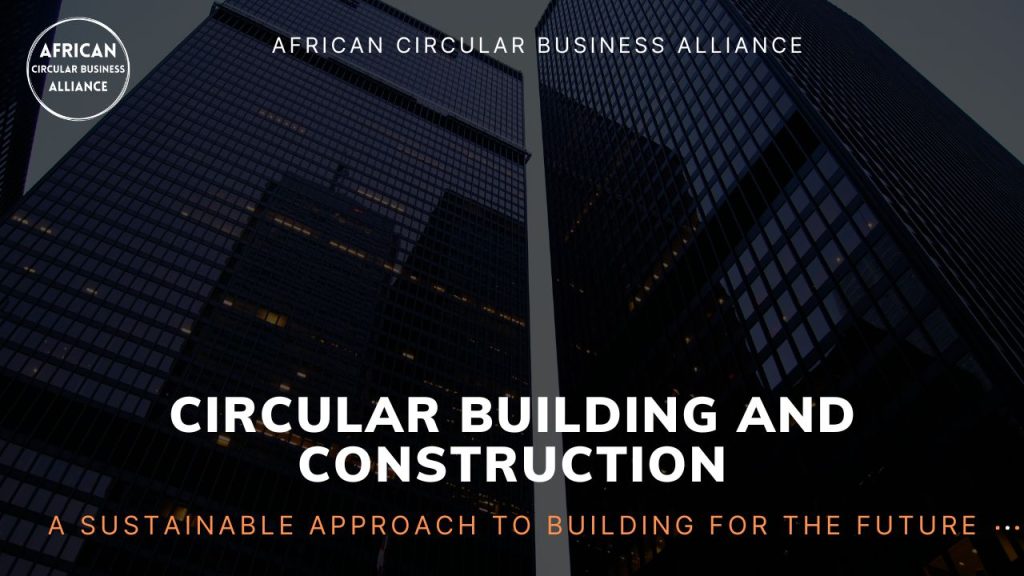
The construction industry is responsible for a significant amount of global carbon emissions, waste, and resource depletion. As the world population grows, so does the demand for new buildings, infrastructure, and housing. However, traditional building methods and practices are not sustainable in the long run. Circular building and construction offer a new approach that can address these issues and create a more sustainable future.
What is Circular Building and Construction?
Circular building and construction is an innovative approach to building that emphasizes the use of sustainable materials, the reduction of waste, and the recycling of materials. The aim is to create buildings that have a low environmental impact, are energy-efficient, and are resilient to climate change. Circular building and construction focus on reducing waste, reusing materials, and recycling waste products, such as wood, concrete, and steel.
The concept of circular building and construction is based on the circular economy model, which is a system that prioritizes the reduction of waste and the reuse of resources. The circular economy model is an alternative to the traditional linear economy model, where resources are extracted, used, and then disposed of.
Benefits of Circular Building and Construction
Circular building and construction offer numerous benefits over traditional building methods. Firstly, circular buildings have a significantly lower environmental impact than traditional buildings. They use fewer resources, produce less waste, and emit fewer greenhouse gases. They also contribute to the reduction of carbon emissions, which is critical for addressing climate change.
Secondly, circular buildings are more energy-efficient than traditional buildings. They are designed to reduce energy consumption by using passive heating and cooling systems, insulation, and efficient lighting. This reduces the need for energy-intensive heating and cooling systems, which reduces greenhouse gas emissions and saves money on energy bills.
Thirdly, circular buildings are more resilient to climate change than traditional buildings. They are designed to withstand extreme weather conditions, such as floods, hurricanes, and earthquakes. This reduces the risk of damage and destruction during extreme weather events, which is critical for protecting lives and property.
Lastly, circular building and construction create new business opportunities and jobs in the construction and recycling industries. As the demand for circular buildings grows, so does the demand for sustainable materials and construction practices. This creates opportunities for businesses to develop new products and services that meet the growing demand for sustainable building materials and construction methods.
Challenges of Circular Building and Construction
Circular building and construction face several challenges that need to be addressed. Firstly, the cost of sustainable building materials is often higher than traditional materials. This can make it difficult for developers to choose circular building materials over traditional ones. However, as the demand for sustainable materials grows, the cost is likely to come down.
Secondly, there is a lack of awareness and understanding of circular building and construction among consumers, developers, and policymakers. This can make it difficult to convince people to invest in circular building and construction projects.
Lastly, circular building and construction require new skills and expertise in the construction industry. Builders and architects need to be trained in circular building practices, and new technologies need to be developed to support circular building and construction.
Conclusion
Circular building and construction offer a sustainable approach to building for the future. It is an innovative approach that prioritizes the reduction of waste, the reuse of resources, and the recycling of materials. It has numerous benefits, including a lower environmental impact, energy efficiency, resilience to climate change, and new business opportunities. However, it also faces several challenges that need to be addressed, including the cost of sustainable building materials, a lack of awareness and understanding, and the need for new skills and expertise. Addressing these challenges is critical for ensuring the success of circular building and construction and creating a more sustainable future.
